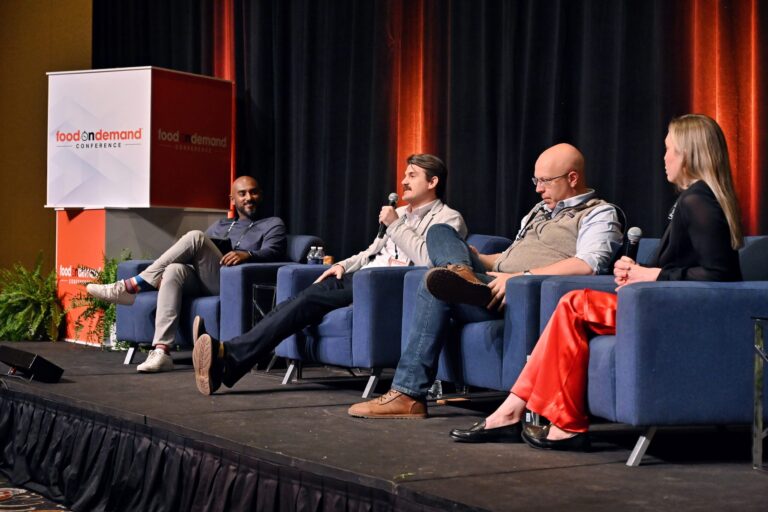Running a restaurant today is much different than it was even a few years ago, especially when it comes to the technology stack.
“When I started in the industry nearly 20 years ago, operators only had a few pieces of technology, centered around a point-of-sale system and a payment processing system,” says Juan George, co-founder and partner at restaurant technology consulting firm 858 Partners.
Today, the average business owner uses a variety of software subscriptions to manage their omnichannel journey, including websites, mobile apps, kitchen display systems (KDS), point of sale (POS), payments, data analytics, supply chain, customer relationship management (CRM), and more.
With a proliferation of available solutions, operators are faced with a growing network of subscriptions, dashboards and partnerships with top providers.
This has created frustration among operators when it comes to selecting and managing multiple vendors.
In response, the industry is shifting: Wingstop switched to a home-grown solution and abandoned a SaaS deal, Jersey Mike’s announced it would license its POS to other restaurant brands, and Inspire Brands acquired Vromo.

Deena DePhilips, SVP of Restaurant Technology at Red Robin, discusses the brand’s tech stack integration strategy.
This evolution has many thinking about “build versus buy” when it comes to the restaurant tech ecosystem. And that’s the debate George posed to panelists at the 2024 Food On Demand conference in Las Vegas last month.
Red Robin knows this dance firsthand: In the past 10 to 12 years, the 550-location chain has attempted two major buildouts, only to ultimately abandon both.
“This technology debt resulted in a write-off of approximately $60 million,” said Deena DePhillips, senior vice president of technology at Red Robin.
DePhillips said the brand has learned “a lot of lessons and made a lot of mistakes” and now buys the highest quality products.
Red Robin has partnered with more than 20 technology companies, which DePhilips said comes with its own challenges.
“The analogy I use is if you take the best breed of dog and put them in a cage, you’re going to have dog fights,” she said.
“As a client, we have a ton of responsibility to manage and coordinate between various vendors. When you have so many different vendors involved, it takes a lot of effort to get them to work together and integrate,” DePhilips says.
This will lead to Red Robin focusing on consolidation over the next few years.
“We have a strategy and a commitment to consolidate our technology stack from 20 to maybe 10-12.”
Meanwhile, Birdcall is building its own POS (which it’s calling Poncho) from scratch and is in talks with the possibility of licensing it to interested restaurant brands.
But CEO Mark Roman stressed that the brand is in a unique position compared to other brands given its size and history.
“We have 14 stores, and our oldest opened six years ago, so we’re in a good position because all of our stores started with the same point of sale,” Roman said.
“But we’re a startup,” he says, “so the technology doesn’t currently provide any return on investment.”
“You have to really believe in this and say, yes, we’re going to take this leap, we believe we can actually benefit from this,” Roman said. “We’ll find out this summer.”
But for larger companies like Whataburger, with nearly 1,000 locations, the shift to construction is more common.
“I’m a big believer in build and buy,” says Keith McClellan, group director of digital strategy and customer experience at Whataburger. “If someone else is already doing something or doing a service perfectly, it’s absolutely the right choice to build around your point of differentiation, especially in areas that directly impact customers and employees.”
Whataburger has partnered with more than a dozen technology companies on its tech stack, but in 2016 it also built its own mobile app technology.
“If you believe you fit into a market that’s not yet realized or doesn’t exist, build it. And if you build it, I recommend tracking all costs and time and effort levels,” McClellan said.
McClellan said brands should check annually to see if the technology they’ve built is still valuable or if the industry has caught up and a cheaper, more efficient method is available.
“You don’t want to create a Frankenstein. You want to create something that’s kind of a vision of the Marvel Universe, right? Something that can walk through walls and has abilities that nobody else has. And I think build-and-buy is a really great model, especially if you’re trying to do something special and unusual.”

